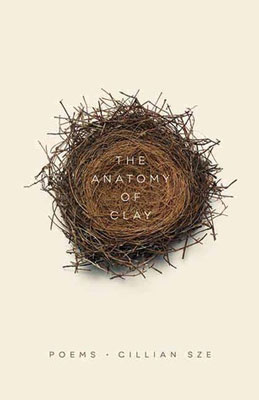 About 25 years ago I took the emergency medical technician-ambulance course via distance learning through SAIT. Studies included anatomy, with a 1983 textbook called Structure and Function of the Human Body. Today it looks decidedly dated; low-tech and textbooky.
About 25 years ago I took the emergency medical technician-ambulance course via distance learning through SAIT. Studies included anatomy, with a 1983 textbook called Structure and Function of the Human Body. Today it looks decidedly dated; low-tech and textbooky.
My 2002 Atlas of Anatomy, on the other hand, is richly illustrated and meticulously labelled. Want to know what a supraspinatus muscle looks like? Check page 64. How about a look at the anterior cruciate ligament of the knee, on page 72?
And my 2007 copy of The Human Body Book and DVD is full-color, high-tech. The DVD supplements the book with stills, video, and the ability to enlarge images?a fun way to learn.
Luckily, the human body hasn’t really changed since the first edition of Gray’s Anatomy was printed in 1858. My copy is the 1995 version and has the heft and look of an ancient medical textbook with all the indecipherable polysyllabic words you’d expect.
I’ve also got Anatomy for the Artist (an artists? reference), which includes 142 full-page plates drawn by Jeno Barcsay.
But none?none?of this compares with the Body Worlds exhibit we visited today at the TELUS World of Science. Edmonton (and us by extension) is so lucky to be able to host this world-class exhibition of real human bodies.
I bought the tickets online months ago when I first heard about it. Even Roy, who is admittedly squeamish, was not repulsed by any of the exhibits. The show is tasteful, clearly and simply labelled, and a life-altering experience as far as I’m concerned.There’s a beauty to how the specimens are mounted, lit, and displayed. The fabric banners with quotes about bodies and anatomy from philosophers, artists, and scientists add another dimension to the experience.
The atmosphere, at least when we were there, was mostly reverential. People move slowly, deliberately, whisper to each other, point discreetly. I was offended and annoyed when a bratty toddler broke the silence over and over again with ?Look, Daddy.? Daddy must have been deaf or just plain stupid for not shutting her up or leaving her at home. This is not the place for little kids or pubescent boys who for the most part are lacking the social graces to observe without smirking, poking each other, and missing the whole point.
We spent nearly two hours there and I could’ve stayed longer. I have suffered long and hard with sciatica and now have a visual of that huge, pesky nerve that originates at the base of the spine and travels down the back of the leg. It’s about the thickness of a piece of twine.
I was shocked at how small the bodies appeared. Granted, some of us have more padding than others.
I also didn’t know kidneys were so small and a liver so large. I handled a real lung and am awed by the tiny bronchioles that make my every breath possible. Smokers have to be shocked by the tar-blackened lungs on display.
The vascular system is mind-boggling. Having undergone shoulder surgery I was intrigued by both the muscular and skeletal makeup of that area.
Inexplicably, I cried in the room devoted to the pregnant female with fetus. To see the development from not much more than two cells to a full-term baby is nothing short of miraculous.
Display after display reminded me of someone: the hernia, the ovarian cancer, the emphysema, the enlarged prostate, the cirrhosis of the liver, the plaque in arteries, the cross-section of an obese person, the smoker’s lungs.
I didn’t leave empty-handed. I now have the Body Worlds book and DVD for my library. Maybe I’ll use it as a reference or simply a reminder of the gift and miracle of my life. Walk, run, or crawl to the exhibit, running until October. You’ll never be the same again, from where I sit.


